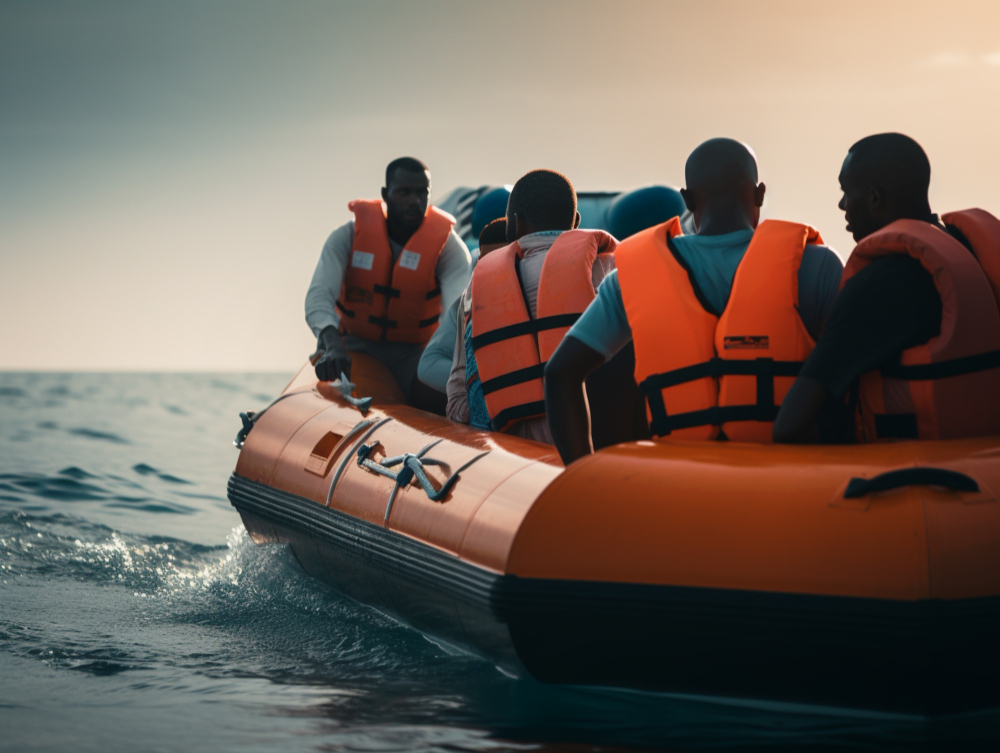Safety Basics: What Every Boater Should Know
Boating safety begins with a mindset of preparedness. This encompasses suitably outfitting your crew with personal flotation devices, understanding the boating signs and signals, and knowing your vessel’s limits. Referring to best practices from reliable boat manufacturers is a prudent step to ensure your boating adventure aligns with industry safety standards.
Vessel Maintenance: Keeping Your Boat Sea-Ready
Routine maintenance is non-negotiable to guarantee the longevity and reliability of your vessel. Beyond the cosmetic appeal of a well-kept boat, the integrity of its structure and mechanics are pivotal for safety. Conducting systematic checks, including but not limited to the engine, batteries, and bilge pumps, ensures that your vessel remains robust against the rigorous demands of the sea.
Navigation Skills: Charting Your Course Safely
Whether traversing familiar inlets or exploring new horizons, robust navigation skills are your compass to safe boating. Understanding how to read buoys and beacons, chart a course correctly, and utilize modern GPS devices for precision sailing is imperative. Enhancing these skills improves confidence and ensures a well-informed voyage free of unnecessary tribulations.
No two waterways are the same; each has unique challenges and rules. By familiarizing yourself with the local maritime laws and customs, you contribute to a harmonious flow of marine traffic. Adhering to these rules can prevent mishaps that could have easily been avoided through diligent preparation and research.
Weather Awareness: Sailing Through the Seasons
The erratic nature of weather demands respect and attention. It’s crucial to parse through forecasts, recognize the signs of impending weather shifts, and be versed in adapting your seafaring plans accordingly. Tapping into resources like the NOAA’s Guide to Weather Awareness for Boaters provides a comprehensive understanding of how the elements may impact your boating experience.
Communication Protocols: Staying in Touch on the Waters
Reliable communication methods are akin to a lifeline on the open waters. A well-maintained marine VHF radio is the primary communication mode for safety and navigational purposes. Additionally, satellite phones and other communication gadgets, while secondary, offer extra layers of connectivity in remote or challenging environments.
Lifesaving Equipment: Essential Gear for Emergencies
Being at sea equates to being self-sufficient, especially in emergencies. Modern boating safety gear like automated external defibrillators (AEDs), Personal Locator Beacons (PLBs), and throwable flotation devices can differentiate between a close call and a dire outcome. It’s not enough to have these tools onboard; regular drills and familiarization with their functions are essential to efficient utilization in the heat of an emergency.
Handling Emergencies: What to Do When Trouble Strikes
Emergencies call for quick thinking and an even quicker response. Developing an onboard emergency action plan, conducting regular safety drills, and ensuring everyone aboard understands their role can significantly streamline response times in situations where every second counts; this preparedness could be lifesaving.
Boating Courses: Education for Safe and Responsible Boating
A dedication to ongoing education underscores a commitment to boating safety. Boating courses offered by numerous organizations, including the U.S. Coast Guard, provide invaluable insights into safe boating practices. Exploring the U.S. Coast Guard’s Tips for Boating Safety, for example, is a testament to your dedication and a significant stride towards mastering the waterways with confidence and competency.

